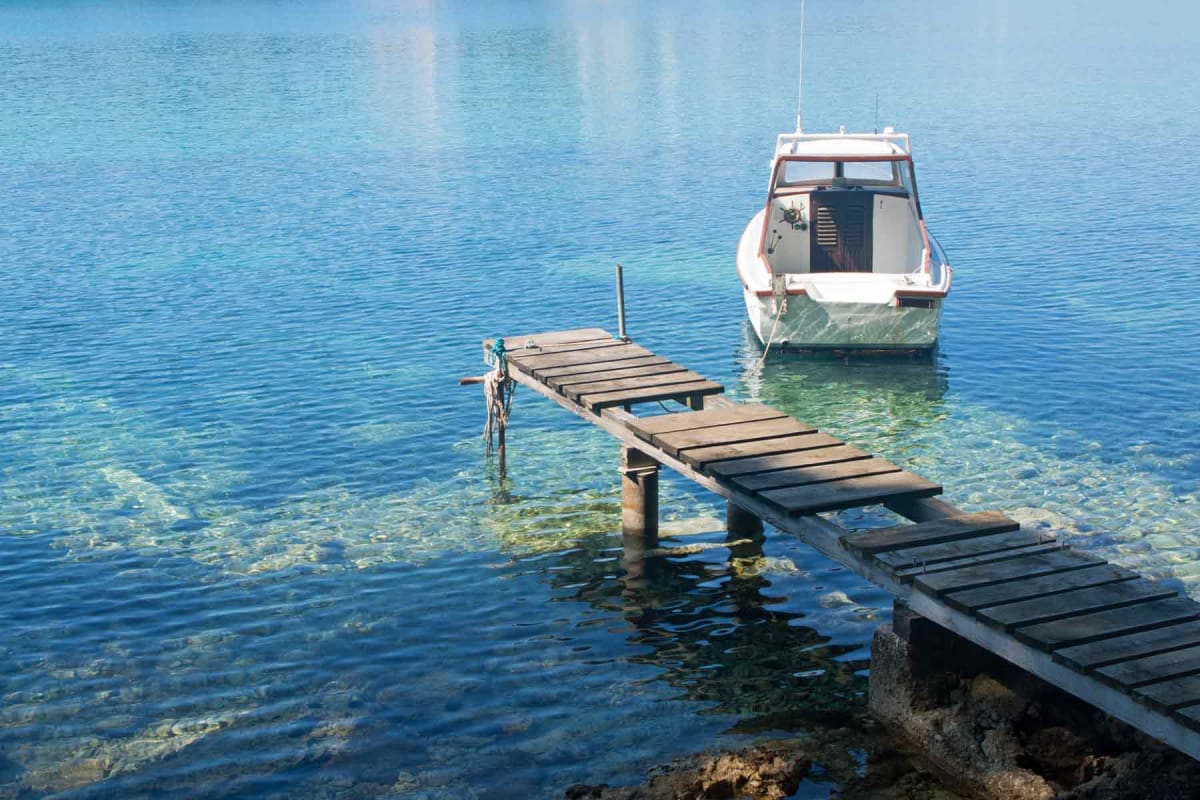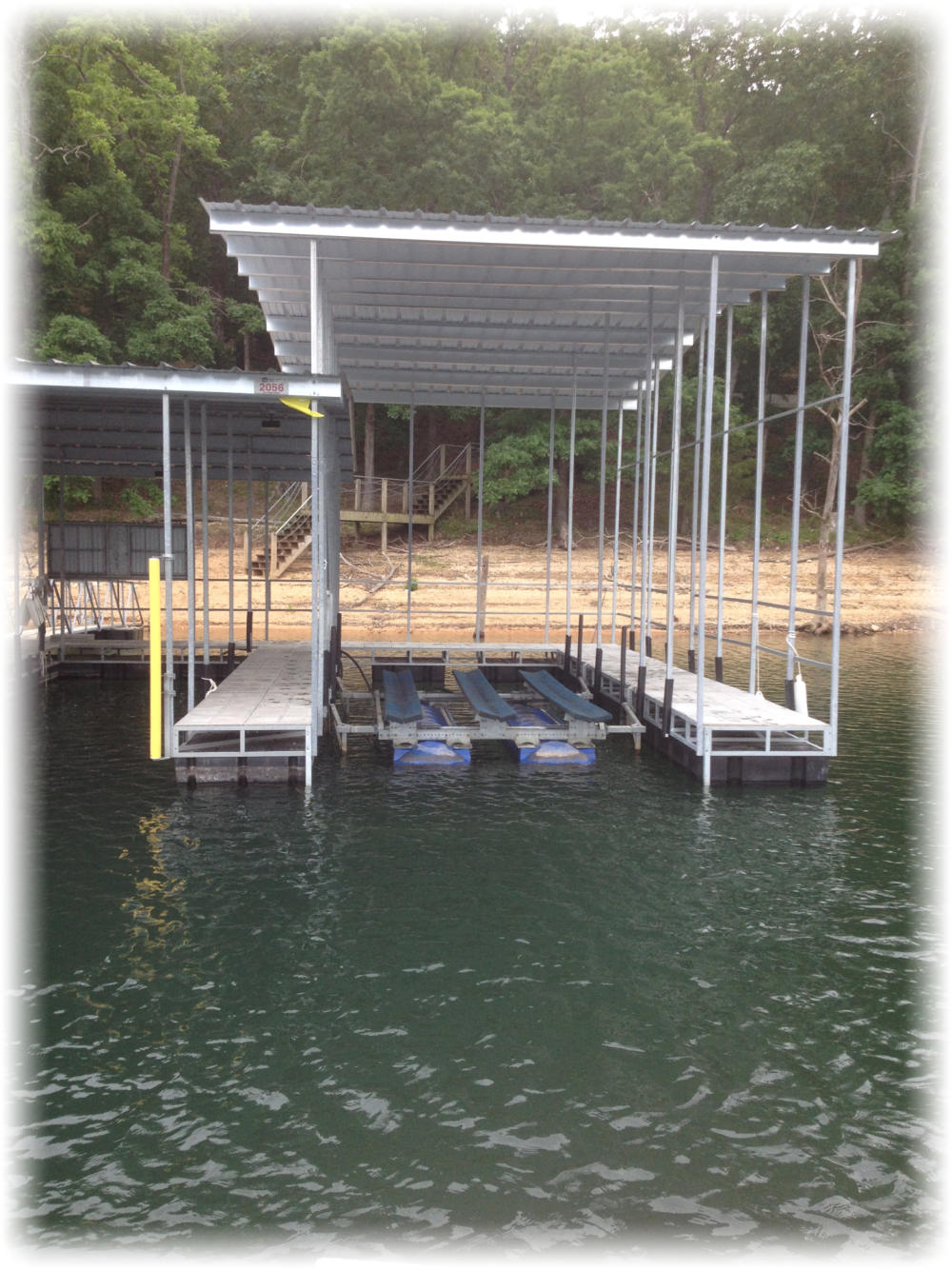How to Pick the Right Service for Your Dock Repairs
How to Pick the Right Service for Your Dock Repairs
Blog Article
Efficient Dock Fixing Techniques: Making Certain Structural Integrity
Ensuring the structural integrity of anchors through efficient repair work strategies is paramount for the long life and safety and security of marine centers. Consequently, selecting the right repair service products, such as corrosion-resistant alloys and composite materials, is critical for longevity.
Examining Dock Damages
Evaluating dock damage is an essential initial step in making certain the architectural honesty and safety of any kind of docking center. This initial evaluation involves an extensive inspection to determine both hidden and visible problems. Secret facets to check out include the dock's foundation, pilings, decking, and equipment. Each component has to be inspected for indicators of wear, rot, rust, or various other forms of degradation that could jeopardize the structural honesty.
Architectural designers or qualified examiners generally execute these analyses using specialized devices and techniques. Underwater examinations may utilize sonar devices or from another location operated vehicles (ROVs) to find submerged damages. Above water, visual examinations are matched by making use of dampness meters and various other diagnostic devices to discover underlying issues not right away visible to the naked eye.

Finding Fixing Materials
Picking the appropriate repair service materials is a critical step in the dock restoration process, one that directly influences the durability and performance of the fixed structure. Material option should be driven by aspects such as environmental problems, load-bearing demands, and compatibility with existing dock components. Wood is a conventional selection for anchors due to its all-natural durability and visual charm. Choosing the best type of wood, such as pressure-treated lumber or normally rot-resistant varieties like cedar or teak, is crucial to hold up against water atmospheres.
Along with timber, composite materials are significantly preferred as a result of their durability and reduced upkeep requirements. Compounds, normally made from a blend of plastic and wood fibers, offer excellent resistance to rot, pests, and UV damage. For steel anchors, picking corrosion-resistant alloys such as galvanized steel or marine-grade aluminum is necessary to protect against rust and guarantee architectural integrity in saline water conditions.
Epoxy materials and marine-grade sealers are vital for fixing cracks and sealing joints, providing a water-proof barrier and improving the dock's overall stamina. By carefully selecting high-grade materials, dock repair services can attain lasting outcomes, thus protecting versus future degradation and making sure safe, trusted usage.
Structural Support Strategies
Effective structural reinforcement techniques are vital in guaranteeing the stability and longevity of dock fixings. One basic method includes using steel or composite support bars (rebar) within concrete structures. Rebar gives added tensile stamina, preventing splits and distributing tons a lot more evenly. This approach is specifically efficient for docks subjected to hefty loads or rough environmental conditions.
An additional necessary method is the application of fiber-reinforced polymers (FRP) These products offer high strength-to-weight proportions and superb resistance to deterioration, making them suitable for enhancing concrete or wooden anchors. FRP can be used in sheets or strips and bonded with epoxy wikipedia reference resins to improve structural honesty.
Supporting and anchoring systems also play an essential duty in architectural support. Cross-bracing, utilizing metal or wooden beam of lights, can neutralize lateral pressures, redirected here lowering persuading and activity. Anchoring systems, such as helical piers or driven stacks, offer a steady structure by transferring loads to deeper, more secure dirt layers.
Lastly, the assimilation of load-distribution plates can assist distribute weight extra uniformly throughout the dock's surface, reducing local anxiety points. These strategies collectively guarantee that anchors remain safe and durable, efficient in holding up against the roughness of their functional environment.
Advanced Repair Service Methods

An additional advanced strategy includes underwater welding, which permits fixings to be performed without the need to dewater the area. This approach is especially beneficial for addressing structural problems in submerged dock components, ensuring minimal disruption to procedures. Enhanced welding strategies, paired with robot systems, provide accuracy and integrity, consequently expanding the life-span of the dock.
Furthermore, cathodic protection systems are carried out to stop corrosion in metal dock structures. By using sacrificial anodes or pleased existing systems, these strategies successfully alleviate the electrochemical processes that bring about product wear and tear.
Lastly, advanced surveillance technologies, such as structural wellness tracking (SHM) systems, offer real-time data on the problem of dock frameworks. These systems enable positive upkeep and timely interventions, ultimately ensuring the lasting architectural honesty of the dock.
Maintenance and Avoidance
Upkeep and avoidance are fundamental concepts that underpin the durability and safety of dock structures. Normal examinations are vital, enabling for very early discovery of wear and tear, possible weak points, and environmental effects. An aggressive strategy, entailing regular look for deterioration, rot, and architectural shifts, minimizes expensive repair services and prolongs the dock's operational life.
Precautionary actions ought to consist of applying safety finishings to metal components to defend against rust and making use of treated timber to stand up to degeneration. Furthermore, making sure appropriate drain and air flow can prevent water discover this build-up, which is a typical root cause of structural degradation. Integrating high quality products and adhering to manufacturer guidelines during building and repair stages likewise play essential functions in improving longevity.

Educating workers in dock upkeep best methods makes sure constant application of preventive actions. Leveraging technological developments, such as drones for examinations and sensors for real-time surveillance, can better enhance maintenance efforts. By focusing on upkeep and avoidance, dock proprietors can ensure structural honesty, functional safety and security, and affordable management over the dock's life-span.
Verdict
To conclude, maintaining the architectural honesty of aquatic centers demands comprehensive dock repair work techniques. Comprehensive inspections making use of advanced tools reveal both visible and concealed problems, while the choice of proper repair materials boosts longevity. Carrying out structural support methods addresses stress points properly. Advanced repair work techniques, combined with routine upkeep methods, ensure the dock stays secure and operational under diverse environmental problems. Adopting these strategies substantially lengthens the life expectancy and capability of aquatic infrastructure.
Guaranteeing the architectural integrity of anchors through effective repair work techniques is paramount for the longevity and safety of aquatic facilities.Choosing the ideal repair materials is a pivotal step in the dock restoration process, one that directly influences the longevity and efficiency of the fixed framework.Effective architectural support methods are vital in making certain the security and durability of dock repair work. By prioritizing upkeep and prevention, dock owners can make certain architectural integrity, functional security, and affordable management over the dock's lifespan.
In conclusion, maintaining the structural honesty of marine centers necessitates thorough dock repair methods.
Report this page